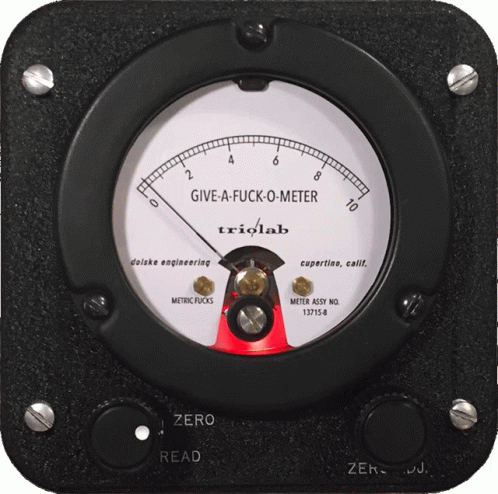I have confirmed that the signal can be heard during DAYLIGHT HOURS and here's proof: (I know you said you heard it around 3 in the afternoon a few days ago.)
As it looked at 9:31 AM this morning. That's ~2 1/2 hours after sunrise morning it's NOON or later (1331z) in Europe / Russia, etc. Plus there was NOTHING being heard on any of the European remote SDR Rx when the snapshot below was taken:

The bottom trace is an analysis of possible power source ripple on the carrier. Note that is it 120 Hz and harmonics thereof. 60 Hz power is for the most part only used on THIS SIDE of the Atlantic.
I fed the 120 Hz signal into an oscilloscope (sorry no pix at this time) with the time base locked to the local power line. The phase between the signal and the local power line drifts VERY slowly one direction then other direction so whatever the source it's NOT locked to the US power grid. This could mean it's running on generator power (not locked to the grid) or is far enough north (Canada ?) that the power source is not locked to the US. Or the phase offset is intentional.
I have been studying the signal strength during sunrise and sunset. Both propagation and the fact that I have now confirmed that I am able to hear the signal during DAYLIGHT hours (confirmed by W3ZDF) tells me this thing is a LOT closer to us than most people think. It's not in our backyard but I suspect it's on this side of the Atlantic not over in Russia or China as everyone else suspects.
Keep in mind there may be more than one transmitter but so far that does not seem to be the case.
For reference here is what the signal looks like at night:
This is shot from one of my secondary remote SDR receiver sites and the configuration was a bit different (different band segment, scan rate, etc.) than the above screenshot. Sweep rate has a great influence on what is displayed and how the waveform look at the signal is changing frequency while the SDR display is also sweeping in frequency to build the display.
The signal consists of two interlaced sweeps. One going from ~1895 Khz to ~1925 Khz followed by the second sweep from ~1905 Khz to ~1932 Khz, then repeating. The signal trails off in power level at the sweep extremes so as the signal gets weaker you will only hear the central part of the sweep.

NONE of the SDR receiver sites on the other side of the Atlantic are seeing anything even remotely near these signal levels.
The above is a PLAYBACK of the RF spectrum and the actual time of the recording is 050228z as shown below the playback control panel NOT 20:00:42z which is when I was playing it back for analysis. ALL displays are time stamped on the right hand side as the signal is being received and clocks are synchronized to GPS atomic time.
K3PGP



